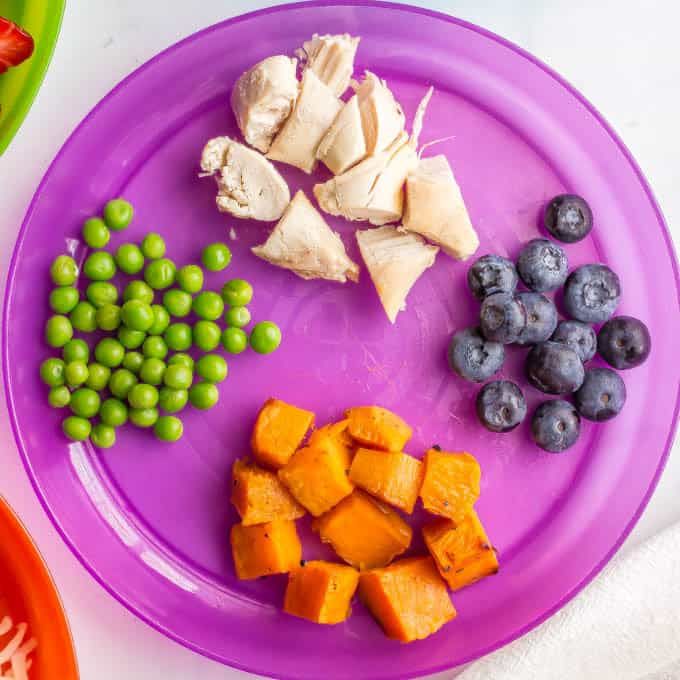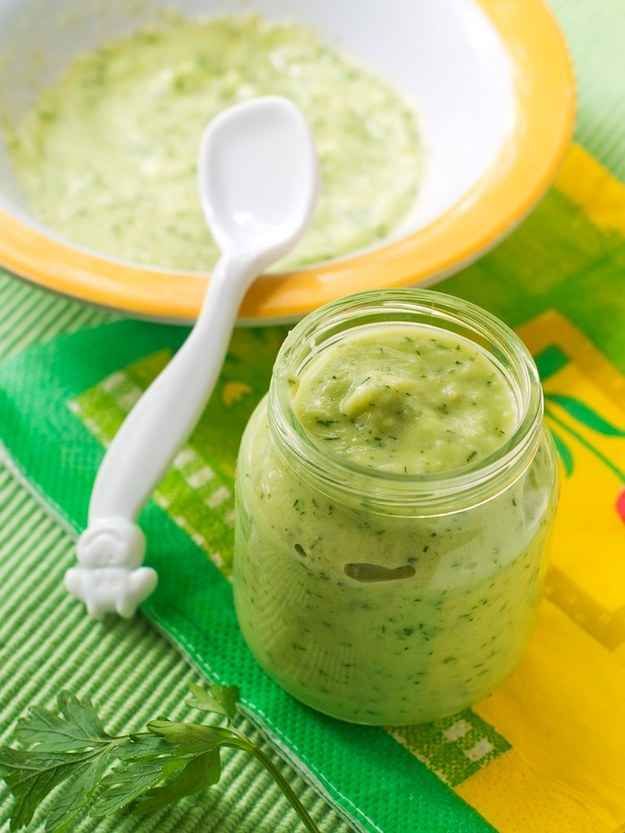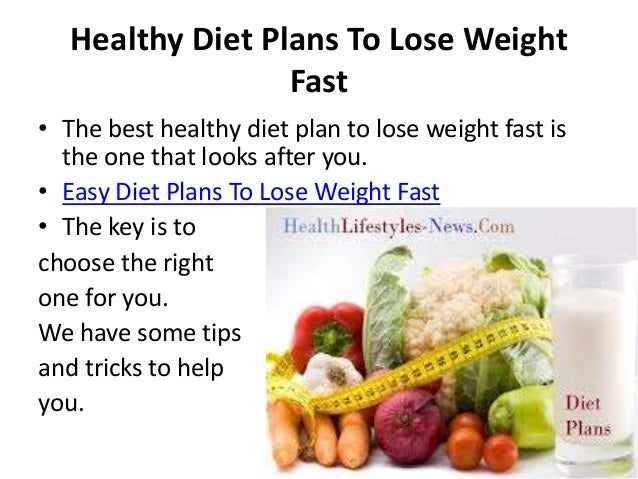Protein finger foods for baby
Best Early Finger Foods for Baby (With Tips, Visuals, and Recipes)
Use this list of safe, nutritious, and easy to eat finger foods for baby to help you know exactly what (and how) to offer at meals and snacks. Plus, find the best first finger foods, troubleshooting tips, and visuals of foods broken down by food group to keep things easy!
Finger Foods for Baby
After baby starts solids and is ready to move onto finger foods, you may feel a little confused by exactly what to serve and how to serve it. Which is totally normal because it can be scary to let baby feed themselves this way and we may not have any experience doing this—or we may have totally forgotten from our last kiddo!
This list of finger foods for baby will cover some great first finger foods to start with, then set you up with plenty of healthy options from each food group.
TIP: Find more info on starting solids here and the best foods to start with if doing baby led weaning or purees with baby.
Healthy Baby Food
I love sharing these ideas for baby food since they are easy to prepare and serve and because I know how hard it can be to continue to come up with flavorful and healthy meals and snacks for our little ones. Let me tell you, I’m on my third kiddo and it can be such a challenge to feed him during the chaos of parenting the rest of my crew! These foods are wholesome and nutritious—perfect for your baby.
TIP: I’m a big fan of SpoonfulONE, a company that offers the most complete way to introduce food allergens to our kids. They make mix-ins, puffs, and crackers that are yummy and easy for babies and toddlers to eat. Learn more about their pediatrician-approved baby foods here. (sponsored link)
Best First Finger Foods
When baby is around 9 months, you’ll notice that they’re able to pick up smaller pieces of food with two fingers. This is known as the “pincer grasp” and is a sign that they’re ready to start finger foods. To be clear, when I say “finger foods” I mean small pieces of food that a baby (or toddler) can feed themselves.
To be clear, when I say “finger foods” I mean small pieces of food that a baby (or toddler) can feed themselves.
Here are some of my favorite ones to start with that are all super soft, safe to eat, and easy to pick up.
- Scrambled egg, broken up into small pieces
- Roasted sweet potato mashed and broken up into small pieces
- Fresh raspberries, broken up into smaller pieces
- Oatmeal, cooked according to package directions and allowed to cool
- Tofu, diced and sauteed lightly or steamed
- Ground beef, chicken, or turkey, broken up into small pieces or lightly mashed meatballs
- Shredded cheese or crumbled goat cheese
- Mashed sweet potato, in little pieces
- Peanut butter puffs
TIP: You can serve the tofu, ground meat, or meatballs in veggie puree from a pouch or a simple marinara sauce for extra moisture and flavor. Learn more about how and why to introduce peanut butter.
Finger Foods for Baby: Fruits and Veggies
Some of my favorite early fruits and veggies to serve babies are:
- Mashed roasted sweet potato, broken up into small pieces
- Warmed frozen peas, slightly mashed if desired
- Roasted Zucchini
- Diced Roasted Sweet Potato or Butternut Squash
- Fresh blueberries, cut in half or quarters
- Fresh raspberries, broken into small pieces
- Banana, broken into small segments (they are less slippery this way versus slicing them)
- Avocado, diced and mashed slightly (be sure it’s ripe and very soft)
TIP: A good rule of thumb is to serve pieces of food that are about the size of a pea to start and soft enough that they are easy to squish between your fingers. This will be easy for baby to pick up and eat and will also reduce chances of choking.
This will be easy for baby to pick up and eat and will also reduce chances of choking.
Finger Food Ideas: Carbohydrates
Offering complex carbohydrates can provide fiber, a variety of textures, B vitamins, and more. Try these with your baby.
- Spinach pancakes (moisten with applesauce or plain yogurt if needed; this recipe is particularly moist and great for babies)
- Oatmeal, cooked according to package directions and allowed to cool
- Baby Puffs
- Peanut Butter Puffs
- Rice (it’s easiest if it’s in little clumps so baby can pick it up; this Coconut Rice or this Cheesy Rice are both good options)
- Baby Banana Muffin
- O cereal (soften in nondairy unsweetened milk or yogurt as needed)
- Baked Oatmeal, diced
Finger Food Ideas: Proteins
Offering proteins will continue to expose baby to a range of nutrients. These are my go-tos for babies newer to finger foods—and toddlers too.
- Shredded cheese (thicker cuts are a little easier to pick up)
- Tofu, diced and sauteed lightly or steamed
- Flaked cooked wild salmon
- Lightly mashed meatballs
- Shredded chicken, cut up finely (we love this Butter Chicken to share with baby)
- Ground beef, turkey, or chicken, broken into smaller pieces
- Lightly mashed beans
- Scrambled eggs, broken up into small pieces
- Diced egg muffins
I’d love to hear any questions you may have, or if you have foods that your babies enjoy that I didn’t include here.
 Chime in below in the comments!
Chime in below in the comments!Prep Time 5 minutes
Cook Time 5 minutes
Total Time 10 minutes
Author Amy Palanjian
Cuisine American
Course Baby Food
Calories 124kcal
Servings 1
First Finger Foods (choose 1-3 per meal)
- ▢ 1 Scrambled egg (broken up into small pieces)
- ▢ 1/4 cup Roasted sweet potato, mashed and broken up into small pieces
- ▢ 1/4 cup Fresh raspberries (broken up into smaller pieces)
- ▢ 1/4 cup Oatmeal (cooked according to package directions and allowed to cool)
- ▢ 2 tbsp Tofu (diced and sauteed lightly or steamed)
- ▢ 2 tbsp ground beef, chicken, or turkey, broken up into small pieces or lightly mashed meatballs
- ▢ 2 tbsp shredded cheese or crumbled goat cheese
- ▢ 1/4 cup Mashed sweet potato (broken into little pieces)
- ▢ 1/4 cup Peanut butter puffs
Fruits and Veggies
- ▢ 1/4 cup mashed roasted sweet potato (broken up into small pieces)
- ▢ 1/4 cup warmed frozen peas
- ▢ 1/4 cup Roasted Zucchini
- ▢ 1/4 cup diced Roasted Sweet Potato or Butternut Squash
- ▢ 1/4 cup blueberries (cut in half or quarters)
- ▢ 1/4 cup raspberries (broken into small pieces)
- ▢ 1/4 cup banana slices (broken into small segments—they are less slippery this way versus slicing them)
- ▢ 2 tbsp avocado (diced and mashed slightly—be sure it's ripe and very soft)
Whole Grains and Carbohydrates
- ▢ 1 Spinach pancakes (moisten with applesauce or plain yogurt if needed; this recipe is particularly moist and great for babies)
- ▢ 1/4 cup Oatmeal (cooked according to package directions and allowed to cool)
- ▢ 1/4 cup Baby Puffs
- ▢ 1/4 cup Peanut Butter Puffs
- ▢ 1/4 cup fully cooked rice (it's easiest if it's in little clumps so baby can pick it up; this Coconut Rice or this Cheesy Rice are both good options)
- ▢ 1 Baby Banana Muffin
- ▢ 1/4 cup O cereal (soften in nondairy unsweetened milk or yogurt as needed)
- ▢ 1/4 cup Baked Oatmeal (diced or regular oatmeal broken into little pieces)
Dairy
- ▢ 2 tbsp Shredded cheese (such as mozzarella)
- ▢ 2 tbsp Tofu (diced and sauteed lightly or steamed)
- ▢ 2 tbsp flaked cooked wild salmon
- ▢ 1 lightly mashed meatballs
- ▢ 2 tbsp finely shredded chicken (we love this Butter Chicken to share with baby)
- ▢ 2 tbsp ground beef, turkey, or chicken (broken into smaller pieces)
- ▢ 2 tbsp lightly mashed beans
- ▢ 1 Scrambled egg (broken up into small pieces)
- ▢ 1 Diced Egg muffins
For each meal or snack, choose 2-3 foods from a mix of food groups.
 Aim to include some fat in most meals and protein in many too.
Aim to include some fat in most meals and protein in many too.Prepare the food, cutting into small pieces and/or mashing as needed to make the food easy to eat.
Start with small portions and allow more as baby indicates according to their hunger.
- Store leftovers in an airtight container for 3-5 days in the fridge.
- Many foods you cook for your family will work as baby finger foods—just be sure they are easy to squish between your fingers and the pieces are small and easy to chew.
- Babies very normally make a lot of faces when they eat, so don't assume they don't like something just because they scrunch their nose!
- Flavors and textures can take time to learn to eat, so continue offering foods in small portions even if baby hasn't liked them in the past—and make sure they taste good to you!
Calories: 124kcal, Carbohydrates: 14g, Protein: 7g, Fat: 4g, Saturated Fat: 1g, Polyunsaturated Fat: 1g, Monounsaturated Fat: 2g, Trans Fat: 1g, Cholesterol: 164mg, Sodium: 81mg, Potassium: 344mg, Fiber: 4g, Sugar: 5g, Vitamin A: 9857IU, Vitamin C: 18mg, Calcium: 51mg, Iron: 1mg
Tried this recipe?Rate in the comments and tag @yummytoddlerfood on IG!
10 Protein-Rich Finger Foods for Baby-Led Weaning
When your baby is starting solids it’s tempting to stick with fruits, vegetables, and grains like cereals or toast. But, babies need other nutrients, like protein and fat in their diets too. These mostly single-ingredient, protein-rich finger foods are an easy place to start.
But, babies need other nutrients, like protein and fat in their diets too. These mostly single-ingredient, protein-rich finger foods are an easy place to start.
There are good reasons to add protein-rich foods to your little one’s daily diet, beyond, well, the protein. First, if your little one is breastfeeding, at about six months she will need added sources of iron and zinc in her diet. (Formula is fortified, so if your baby is formula-feeding, this is less of a concern.) Iron and zinc are both crucial minerals for your baby. Iron allows blood cells to carry oxygen to muscles and organs and is key for brain development. Zinc is important for a strong immune system.
And, many protein-rich foods also happen to be good sources of iron and zinc, such as tofu, lentils, beef, chicken, and eggs. Keep in mind that the iron and zinc from animal sources is more easily absorbed than that from plant sources.
Protein-rich foods, especially dairy products, can also be full of beneficial fats (which babies need for vitamin absorption, satiety, and brain development) and other nutrients like calcium and Vitamin D. Just a reminder that babies shouldn’t drink cow’s milk as a primary beverage until age 1, but it’s a-ok to serve them yogurt and cheese.
Just a reminder that babies shouldn’t drink cow’s milk as a primary beverage until age 1, but it’s a-ok to serve them yogurt and cheese.
Finally, when your baby is starting solids she’s also taste-training. If you introduce meat and/or other protein sources now, she’s more likely to continue to enjoy them as she gets older. Remember, your child will never be more open to new flavors than she is now, so take advantage!
If you’re spoon-feeding, consider stirring whole-milk Greek yogurt into fruit or vegetable purées for a kick of protein. And, of course, meat, fish, bean, and lentil pureés are also great sources. To get started you can try these recipes: Baby’s First Fish Dinner and Red Lentil and Spinach Purée, both from Real Baby Food.
But, what if you’re practicing baby-led feeding? Good news–there are lots of easy options! Here are my favorite, mostly single-ingredient options.
10 Protein-Rich Finger Foods for Baby-Led Weaning
- Cooked and flaked fish, such as cod or omega-3-rich salmon; spritz with lemon for extra flavor.

- Chickpeas or other beans, lightly smashed. If canned, choose low or no-sodium beans and rinse well and drain.
- Lentils. This will be messy, but your baby can pick them up by the handful. Or, smash with olive oil and smear on toast.
- Baked or poached and shredded chicken breast or thigh. This is especially nice tossed with a little veggie purée.
- Slow-cooked or pressure-cooked beef, pork, or lamb (RELATED: How to Prep Meat for Baby-Led Weaning)
- Chopped hard-cooked eggs, yolks and whites
- Shredded medium-firm cheese, such as cheddar, mozzarella, or Monterey Jack
- Cubed firm tofu
- Chopped meatballs or ground meat patties
- Toast strips spread with peanut butter, almond butter, ricotta cheese, cream cheese, or hummus (RELATED: 15 Toast Toppers for Babies and Toddlers)
Remember that finger foods need to be a safe texture and size to help prevent choking. They should be soft enough to be mashed with gentle pressure between your thumb and forefinger.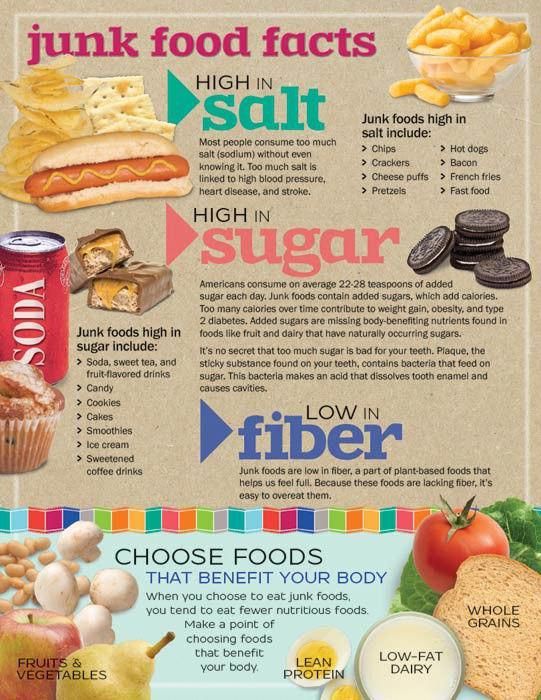 In terms of size, they should either be shredded, cut into strips about the size and length of your pinky finger, or cut into chickpea-sized pieces.
In terms of size, they should either be shredded, cut into strips about the size and length of your pinky finger, or cut into chickpea-sized pieces.
Looking for more baby-led weaning ideas and family feeding tips? Sign up for my newsletter! As a thank you for signing up, I’ll send you three of my favorite healthy smoothie recipes for the whole family. I look forward to being in touch!
Jenna Helwig
[email protected]Protein snacks for picky eaters
Victoria Levchuk©In general, feeding a picky eater with protein is very problematic. Offering protein snacks is like death. What to do? Get behind the child or keep offering meat.
I wrote an article The child does not eat meat about protein alternatives, and today I want to offer protein snacks that a child can eat. He will accept them, this is a secondary question, it depends on the method of the proposal and the perseverance of the parents. To begin with, briefly my story of adding protein to the diet of a child and tell you a little why protein is needed in the body.
To begin with, briefly my story of adding protein to the diet of a child and tell you a little why protein is needed in the body.
Our Protein Story
Table of Contents:
Protein for KidsFor some reason, my child decided at 2 years old that he was a vegetarian. And for almost 2 years he lived on meat and fish broth. And, probably, he ate it only because he did not understand that it was water in which meat or fish was boiled.
Quite by accident, during a home celebration, we noticed that a child was sitting quietly eating shish kebab. My mother reacted so violently that the stereotype was fixed that shish kebab is super and good. During the next year, all the meat that was offered to the child was called "kebab". And during the year there was a search for a way to feed the baby with meat products. The meat was prepared in different ways: baked, boiled, stewed, fried on a fire and on a grill.
As a result, at the age of 8 he calmly eats pilaf with meat (the last preference), baked chicken legs, boiled chicken, barbecue (any meat), homemade sausage and sausages (in the form of sausages), of course, purchased sausage, children rarely they refuse it, cutlets from chicken pieces, not from minced meat, dumplings (the very first option for eating meat).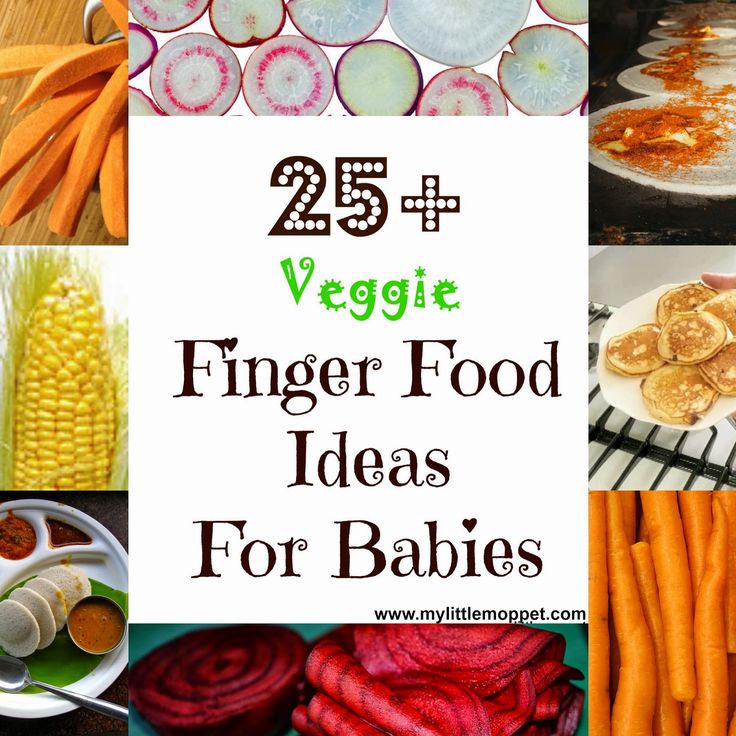 And here the variations of dumplings are also positively perceived. Those. manti, khinkale and even lazy manti are eaten in a short time, here I only ask you to chew carefully.
And here the variations of dumplings are also positively perceived. Those. manti, khinkale and even lazy manti are eaten in a short time, here I only ask you to chew carefully.
Let me remind you that protein is not only meat. The child still eats well cereals (quinoa), egg scrambled eggs, nuts and lentils (once a month, but he eats it in soup), and do not forget about potatoes, which also have protein, his picky eater eats every day. Yes, protein is different, but there should be an equal amount of them in the child's diet, approximately 50 to 50.
And behind this list of favorite foods is the long and hard work of parents. I will not devalue it, I must praise myself. Periodically, we drink additional protein, but the doctor prescribes it for analysis. We do not forget about the active growth of the child, when he needs additional vitamins and minerals in the modern rhythm of life.
Why is protein so important for children?
Protein Snacks for the Picky Eater Protein is important for kids for a lot of reasons. It is part of every cell in the body and is involved in building and maintaining muscles, bones, internal organs, hair, skin and nails. Also, protein is important in such body processes as maintaining fluid balance, the immune system, blood clotting, the production of hormones and enzymes and much more ! Our children are constantly growing, so they need protein not only to maintain overall health, but also for growth and development!
It is part of every cell in the body and is involved in building and maintaining muscles, bones, internal organs, hair, skin and nails. Also, protein is important in such body processes as maintaining fluid balance, the immune system, blood clotting, the production of hormones and enzymes and much more ! Our children are constantly growing, so they need protein not only to maintain overall health, but also for growth and development!
How much protein do children need each day?
The amount of protein a child needs each day varies by age.
- 0-6 months: about 9 grams per day (with breast milk and/or formula)
- 7-12 months: about 11 grams per day (combo of breast milk and/or formula + solid food)
- 1 to 3 years: about 13 grams per day.
- 4 to 8 years: approx. 19grams per day.
Numbers are good, but how much is in products. For example, a three-year-old child needs about 13 grams of protein per day. This will look something like 1 boiled egg, 20 grams of Dutch cheese and a small glass of milk. Seems easy?!
This will look something like 1 boiled egg, 20 grams of Dutch cheese and a small glass of milk. Seems easy?!
The best sources of protein for children
Protein snacksOf course, there is no shortage of foods containing protein. Parents often overestimate a child's daily protein needs. If the child has a balanced diet, then most likely there is no lack of protein. It is also important for parents to understand that it is completely normal that children do not like meat. The absence of meat in the diet of a child is not the same as a lack of protein in the body. Meat is a great source of protein, but protein is also found in fish, nuts, seeds, beans, lentils, eggs, dairy, tofu, and whole grains. This is enough for any person, not just for a child!
If the child does not like meat
Protein snacks for the picky eater The child may not like meat. It is important to understand whether this dislike is temporary or already the value of life. After all, some children refuse meat, because they feel sorry for the animals and this should be respected. Of course, at 2-3 years old, a child cannot consciously refuse meat, most likely there is another reason. Maybe the meat was too difficult to chew, so it was easier for the child to refuse to eat it. Or the child choked on meat, as a result, a traumatic situation in the past prevents him from eating meat products. Let's not forget about the psyche of the baby. The usual fear during the first feeding with meat can spoil the first impression of the product. There can be many reasons not to eat meat, but parents should not despair.
Of course, at 2-3 years old, a child cannot consciously refuse meat, most likely there is another reason. Maybe the meat was too difficult to chew, so it was easier for the child to refuse to eat it. Or the child choked on meat, as a result, a traumatic situation in the past prevents him from eating meat products. Let's not forget about the psyche of the baby. The usual fear during the first feeding with meat can spoil the first impression of the product. There can be many reasons not to eat meat, but parents should not despair.
Any animal protein can be replaced with vegetable protein. For example, almonds, almond oil. One serving (about 23 almonds) contains 6 grams of plant-based protein, 4 grams of dietary fiber, "good" unsaturated fats, magnesium, the antioxidant vitamin E, and more, making almonds the best addition to a child's diet. Almonds can be sprinkled on toast, mixed with oatmeal, or added to smoothies. Almond butter is added to salads, and sliced almonds are added to vegetarian dishes for crunch and flavor.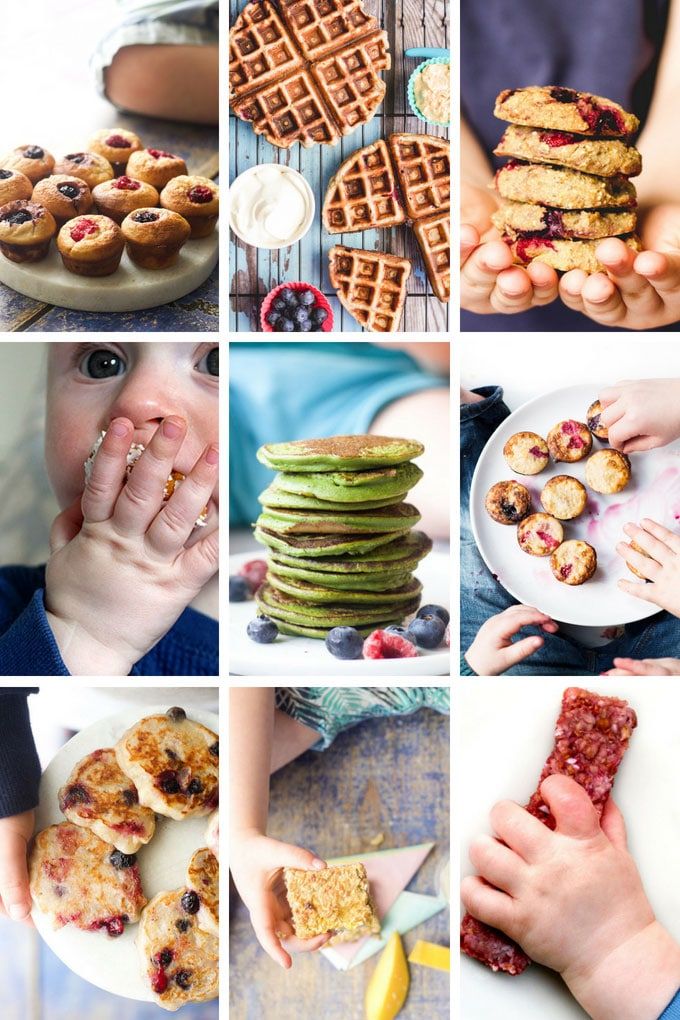
Why can protein foods be difficult for picky eaters?
The child does not eat meatMeat, fish and poultry are second on the list of foods to avoid after vegetables. It's not entirely clear why, and it's usually a phase that goes away with time (with parental patience), but it has something to do with the texture and flavor of the meat. It can be tough, hard to chew, and just not appealing to more fussy eaters at certain stages. The fish has a strong flavor that may also be uncomfortable for some toddlers. The trick is to continue serving these foods without pressure, without expecting your child to eat them. If a child regularly sees an example of eating meat and meat products, then someday he will again eat meat with the whole family.
Why protein snacks are important for picky eaters
meat for children Children have small stomachs but high nutrient requirements. Protein is the raw material a growing body needs to build cells, tissues, muscles and bones. Sufficient daily protein intake also plays an important role in the metabolism of other nutrients, the formation of red blood cells and the strengthening of the immune system. Protein foods also help form new blood cells and body tissues. Also, protein snacks make you feel fuller for a longer period than other foods.
Sufficient daily protein intake also plays an important role in the metabolism of other nutrients, the formation of red blood cells and the strengthening of the immune system. Protein foods also help form new blood cells and body tissues. Also, protein snacks make you feel fuller for a longer period than other foods.
Therefore children should be able to eat every 2-3 hours which means a balanced meal with nutritious snacks in between. Make sure to offer protein-rich snacks so that your child has plenty of opportunities to try and learn to love protein-rich foods.
- Almond, cashew or any other nut.
- Apple slices with almond butter
- Fruit slices and any nut butter
- For sweet cravings… Banana or Chocolate protein shake. You can buy for children, they have a complete list of minerals and vitamins, as well as additional protein. We look carefully at the composition and choose easily digestible ingredients. Very filling and rich in protein.

- If you want something salty... Egg muffins with spinach and goat cheese. Super easy, all you need is cupcake molds. Or muffins with vegetables and eggs.
- Salty Flavor - Baked chickpeas with salt, garlic, paprika and nutritional yeast.
- Sweet chocolate peanut butter rice cake.
- Hummus with healthy chips. Now chips from 3 cereals have appeared in stores, tasty, with spices and healthy.
- Raw vegetables and hummus
- Greek yogurt mixed with frozen banana and strawberries and some vanilla
- Greek yogurt with a scoop of protein (choose a kid-friendly one, or look for kids' cocoa with extra protein)
- Hard-boiled eggs with your favorite seasoning, I like paprika and soy sauce There are many recipes on the internet. Whether the child will enter or not will need to be specified by the sentence method. We also take into account the age of the child, since soy sauce is possible after 5 years.
Protein snacks are a picky example.
Protein examples for kids - CLICK ME!!!
Protein snacks that are soft and crunchy in texture
Below are protein snacks that are soft and crunchy in texture. Children do not like meat because it is hard or dry when chewed. Therefore, for children with sensory needs, I offer soft protein snacks.
Soft and smooth protein snacks:
- Tofu
- Eggs (pouched scrambled eggs, scrambled pancake)
- Yoghurt
- Cottage cheese
- Cream cheese
- Yogurt
Fish:
- Coneys
- Caified salmon
- CREMICAL FIVERS IN
Alternative:
- Pea soup
- Nuts
- Seeds
- Yoghurt
All of the protein snacks above are great and easy to make or buy. But the question arises how to persuade / force the child to eat these types of protein.
In my case, a fastidious eater began to eat proteins only with the daily systematic supply of meat in the diet. Another very good result was given by the “One Spoon” method, when you agree with the child to eat only one spoonful of food, you can not eat more. The purpose of is to taste food, children refuse food because of the appearance, not always understanding whether it is tasty or not. Therefore, the first spoon is important. Here parents use different methods of persuasion and contracts. Forcing is not a good idea, because The pressure at the table only works in the short term.
Another very good result was given by the “One Spoon” method, when you agree with the child to eat only one spoonful of food, you can not eat more. The purpose of is to taste food, children refuse food because of the appearance, not always understanding whether it is tasty or not. Therefore, the first spoon is important. Here parents use different methods of persuasion and contracts. Forcing is not a good idea, because The pressure at the table only works in the short term.
The choice method was also positively used, when the child can choose a favorite food during the meal from 2-3 other dishes.
Personal example is also a good way to help your child eat meat. If the parents are vegetarians, then meat may not be introduced into complementary foods. Although there are also exceptions.
Don't expect quick results. It may take more than 10-20 offers of meat for the baby to try and eat it.
In order for the child to get enough protein, it is necessary to think over the menu in such a way that there is protein in every meal. It is not difficult.
It is not difficult.
A piece of cheese for breakfast (26 grams per 100 grams, but we give the child no more than 10-20 grams), mashed potatoes for lunch (2 grams of protein per 100 grams), yogurt for an afternoon snack (4 grams per 100 grams), a glass of milk for dinner (2.9 grams per 100 grams). Difficult? It turned out about 13.9 grams.
10 signs of protein deficiency
I advise you to write down a sample menu for the day and see how much protein your child eats. It often seems to parents that the child eats little protein. The following symptoms will help determine if a child has a protein deficiency.
- Slow or slow growth
- Decreased immunity
- Poor concentration
- Pain in bones or joints
- Constant hunger
- Lethargy or constant fatigue
- Slow healing
- 0033 Reduced muscle development
- Brittle nails
- Thinning hair
Age-specific protein tables work well, but all children do not grow evenly. And now children are larger in height and weight than the previous generation. Therefore, a rule of thumb can be used, children require 1 g of protein per kg of body weight. A little more for active and sporty kids.
And now children are larger in height and weight than the previous generation. Therefore, a rule of thumb can be used, children require 1 g of protein per kg of body weight. A little more for active and sporty kids.
Next, simply add the right amount of protein per day with yogurt, milk, eggs, soy, lentils or protein snacks.
I hope you liked the article. Waiting for your comments!
Recipes for children rich in proteins and vegetables
Getting kids to eat right is an odyssey for many families. There are toddlers who deny any strange taste. That they don't open their mouths when they bite a strange color, or that they're just never hungry. But a healthy diet is essential for its development. In Recipes for children, rich in proteins and vegetables , they guarantee a strong body that accompanies the constant accelerated development of children.
The problem is that while healthy, not all children enjoy healthy food. That's why today we're opening the options menu with some delicious and nutritious recipes.
Don't have a wish list yet?: Create your free birth list
Index
- 1 Protein meals
- 2 Easy recipes with meat and vegetables
Protein meals
cook high protein recipes for kids it's not difficult. Mainly because it's easiest to cook some meat and then add a vegetable side dish. Perhaps the most difficult is the last one. Not all children like lettuce, carrots or beets. Then the possibilities begin to be limited. In other cases, you will have to "disguise" vegetables, because if children see them, they automatically close their mouths.
Why is it important for children to eat protein and vegetables? Because they are part of the nutritional balance. Proteins are made up of a chain of amino acids, which are the main components of the body's cells and tissues. For this reason, they are necessary for the body for both development and growth, as well as for the general good condition of the body.
Protein must be present in any healthy diet as it allows the body to regenerate tissues throughout life. They are a source of energy and are part of the main hormones that allow the body to function in a balanced way. In turn, they are involved in the immune system when it comes to fighting viruses and bacteria.
As for vegetables, they guarantee the intake of nutrients such as vitamins, phosphorus, calcium, etc. Depending on the type of vegetable, the benefits are achieved. For this reason, a nutritious vegetable dish is said to be one that contains all colors. In diversity - the richness of the issue. There are many vegetable and protein-rich recipes for kids that are perfect for this stage of high energy needs.
Easy recipes with meat and vegetables
Nowadays, you need to think about Recipes for children, rich in proteins and vegetables to make them easy and fast. We know families have a lot to do and quick recipes are much needed.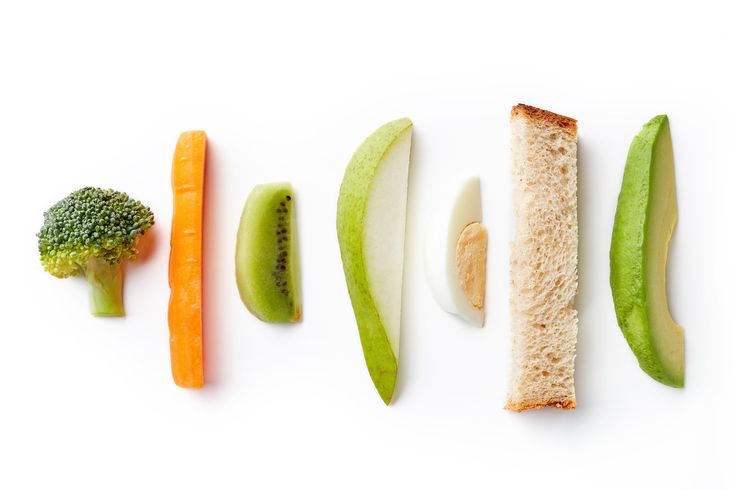 This does not mean that we forget aspects of nutrition. On the contrary, when it comes to protein recipes for kids, it's very easy to prepare a hearty and delicious recipe in a few minutes.
This does not mean that we forget aspects of nutrition. On the contrary, when it comes to protein recipes for kids, it's very easy to prepare a hearty and delicious recipe in a few minutes.
Open the refrigerator and look inside: you must have a piece of beef. Maybe eggs and potatoes. With these few ingredients, you can make a tasty and nutritious meal that your kids will love without complaining. Potatoes are flexible and adapt to different cooking methods. You can make them baked, fried, scrambled or mashed with butter and a little milk.
Eggs are also a source of protein, so they can be part of the meal. And the meat can be fried in a pan and seasoned with a small amount of fried onions. Or cook the meat in the oven by making a broth with chopped vegetables. If you don't want the kids to see them, you can remove them when serving, but the vegetables have already released their juice.
Article topic:
3 quick, nutritious and delicious breakfast recipes for kids
Dairy products are also rich in protein, so any puree with milk and eggs will add the necessary dose of protein.